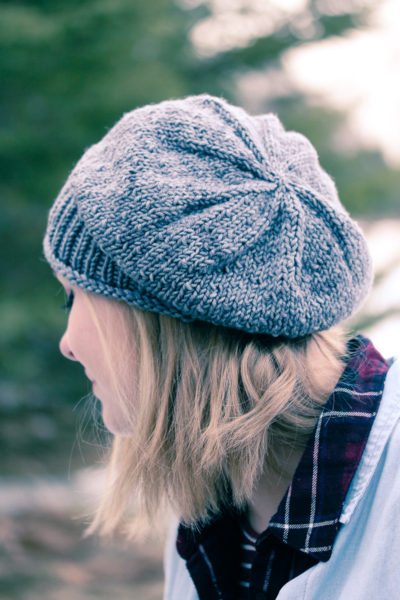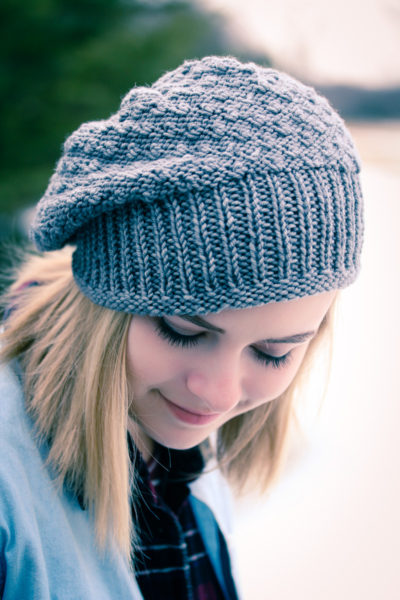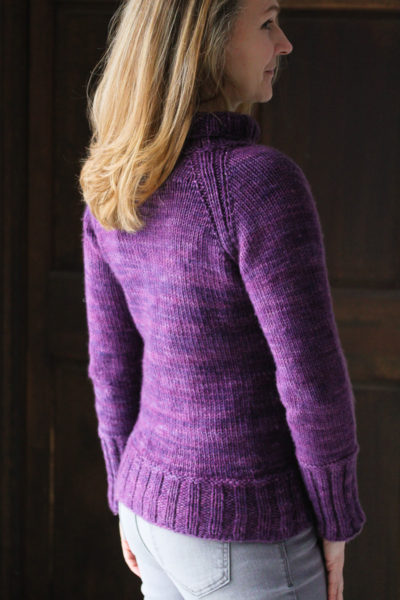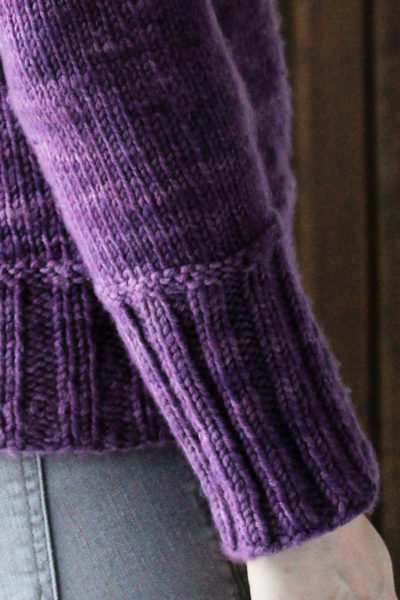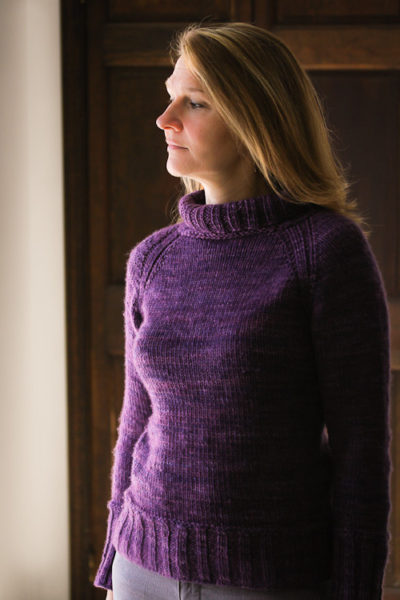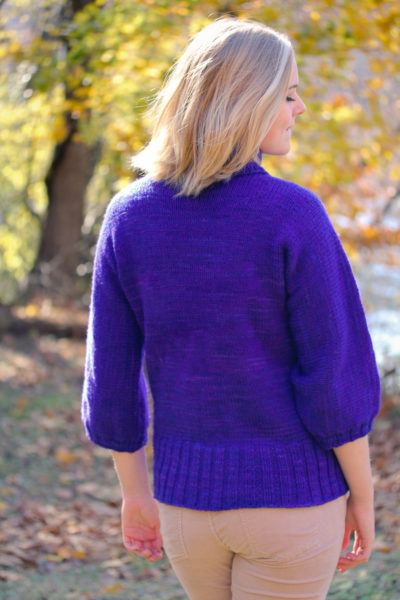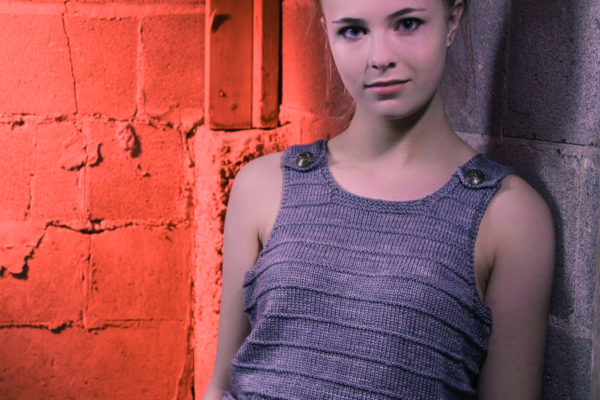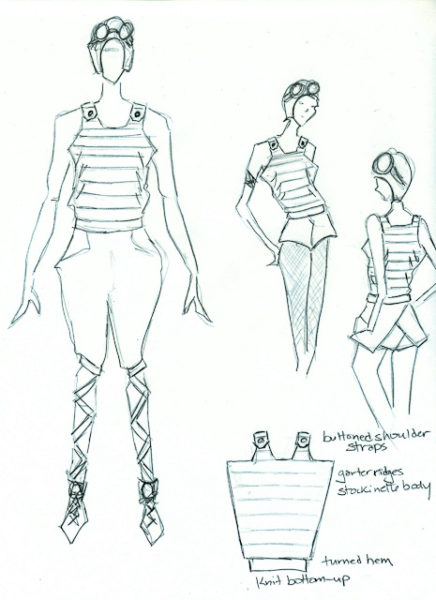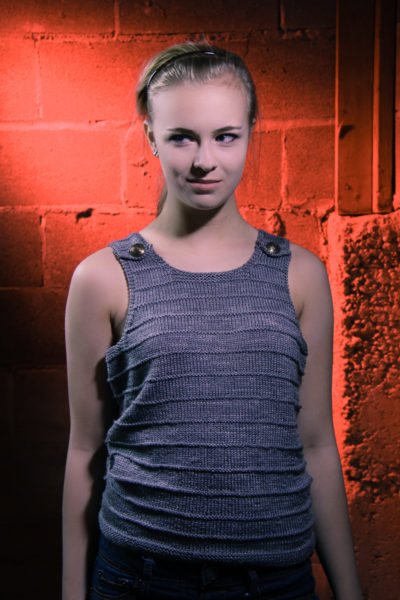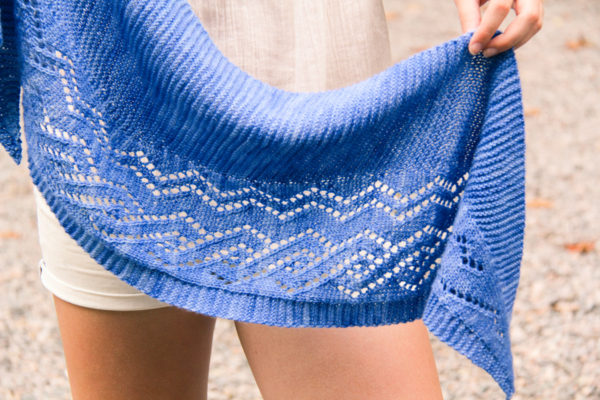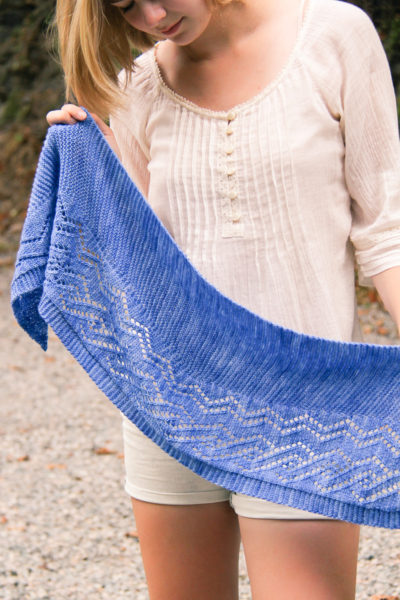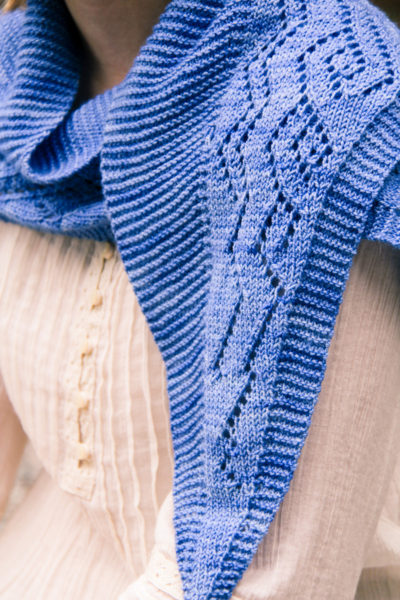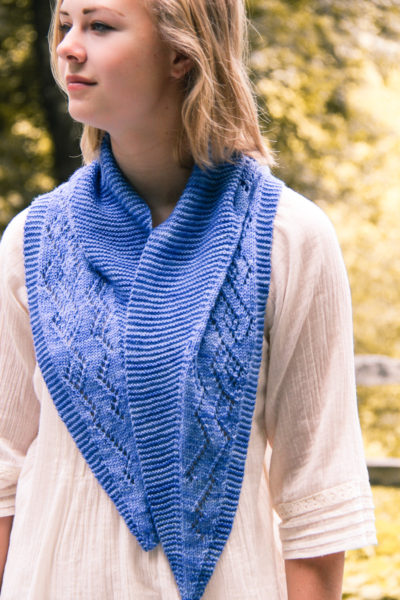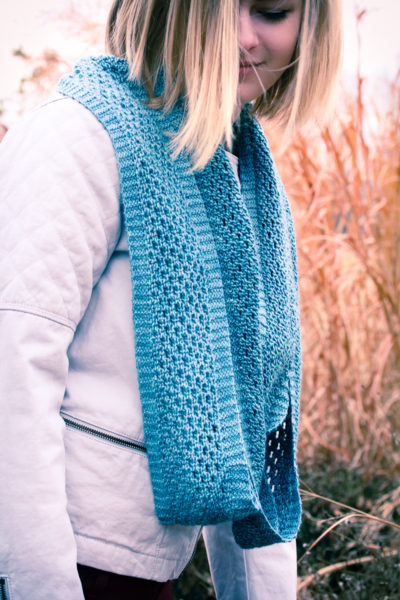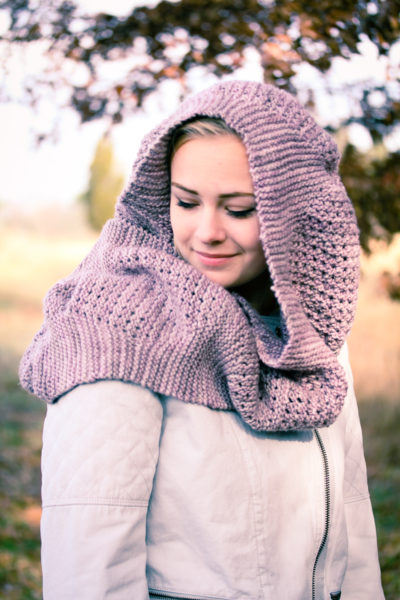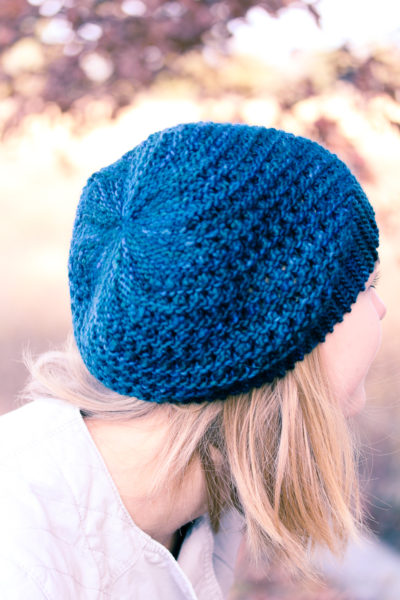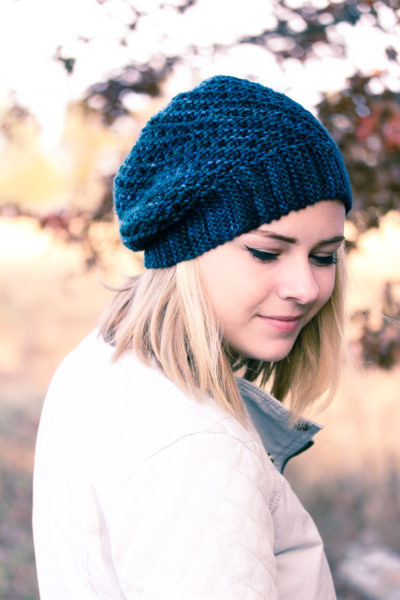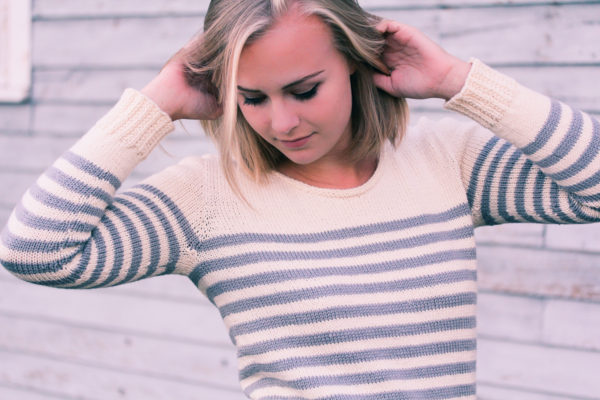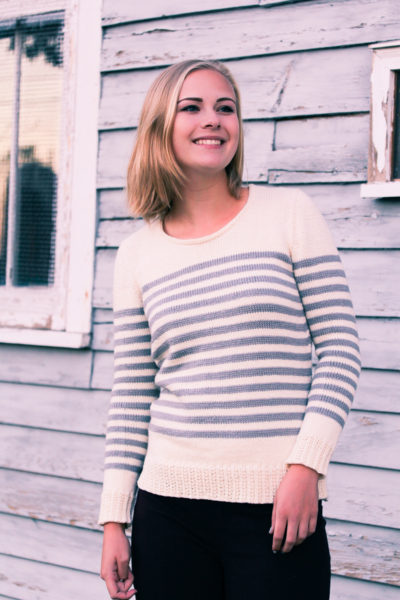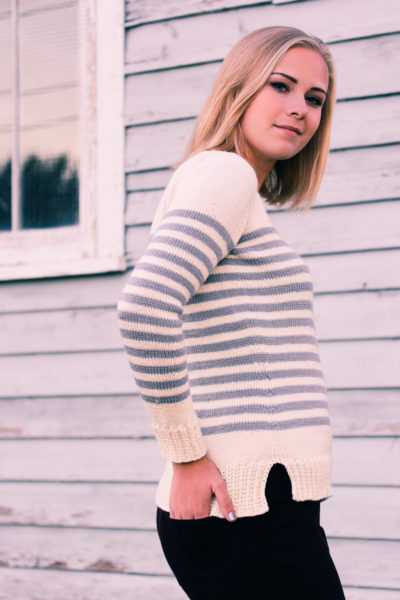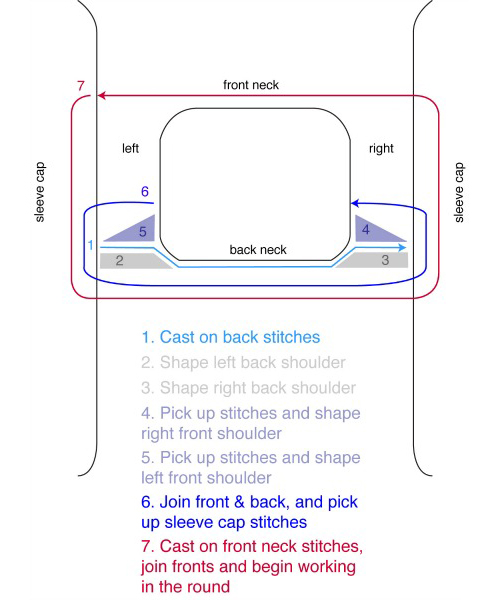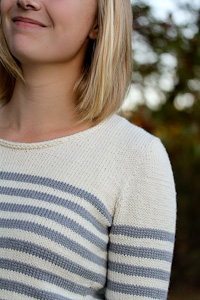
A rolled stockinette edge, asymmetric ribbing and a subtly delicate textured stitch make Truffle Hunter a special hat of distinction. Short rows both shape the brim and add extra slouch at the nape, and the simple stitch pattern brings precious appeal to both sides of the fabric. Finished carefully, the hat is fully reversible for two lovely and unmistakably unique looks.
Techniques & Skills Used: cable CO, knit/purl, short rows, decreasing. This pattern includes a link to my short row tutorials.
Size: one size to fit most adults; 18” brim circumference and 9” height, measured flat and unstretched.
Yarn: Shalimar Yarns Equus (100% superwash merino wool; 200 yards/183m), shown in Black Truffle; 1 skein. The sample used about 165 yards of worsted weight yarn.
Other Materials: US 8 (5mm) 16” circular needle or 32” circular needle if using Magic Loop, or size to match gauge; Stitch markers (9); Yarn needle.
Gauge: 16 st and 24 rows/4” in Raindrop stitch, after blocking.
See it on Ravelry or on Payhip, to read more or purchase the pattern.



